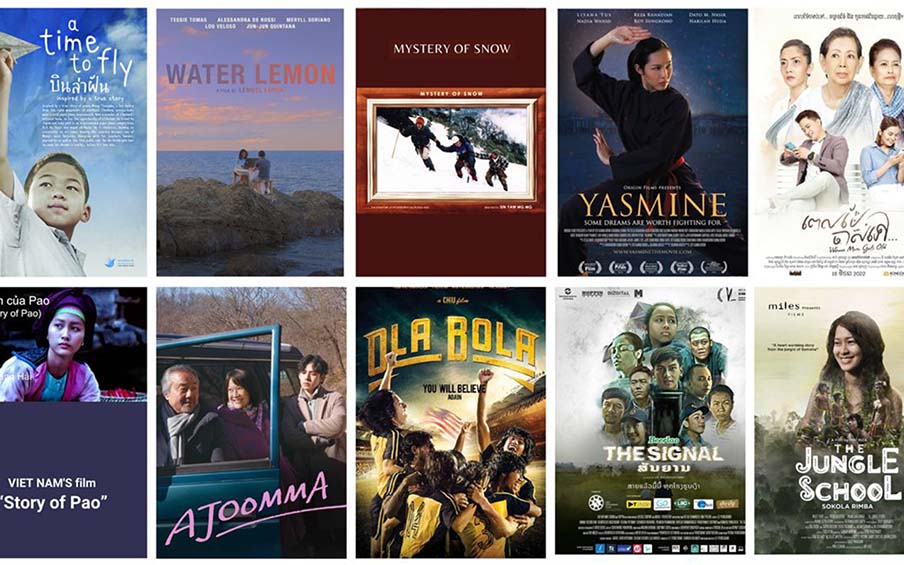Scientists have shown how droughts are threatening the health of wetlands globally. Scientists highlight the many physical and chemical changes occurring during droughts that lead to severe, and sometimes irreversible, drying of wetland soils.
With the remarkable ecological diversity and species richness, our country’s coastal wetlands provide multiple ecosystem services such as fish breeding grounds, protection against water-related disaster risk, carbon absorption, etc.
Meanwhile, our inland wetlands such as floodplains, rivers, lakes and swamps, function like sponges, absorbing and storing excess rainfall and reducing flood surges. During dry seasons in arid regions, wetlands provide refuges for wildlife and supply water for communities and stock.
Wetlands maintain food webs for living creatures, and provide aquatic products as livelihood benefits for millions of Myanmar people.
In addition, the coastal wetlands also have cultural, spiritual and/or historical values associated with people.
Communities, businesses and governmental departments concerned need to work together to protect these amazing ecosystems which, in turn, will help us adapt to the impacts of climate change.
Wetlands such as peatlands and marshes, as well as coastal and marine areas like estuaries, lagoons, mangroves and coral reefs, are essential to regulating the global climate along with forests and oceans.
Nowadays, the existence of coastal wetlands is being threatened by many issues, ranging from over-exploitation of biological resources to negative impacts of climate change.
Now is the time to understand conservation, effective management and sustainable use as they are primary objective of preserving the biological resources in our country.
It is crucial to clearly understand the status and threats of the areas for sustainable management of the coastal wetlands.
Coastal and marine wetlands, including salt marshes, mangroves and sea grass beds are similarly critical carbon storage grounds.
Wetland loss turns a natural carbon sink into a source of emissions that adds to global warming.
Coastal wetlands, including mangroves and coral reefs, absorb the shock and reduce the impact of storm surges and tsunamis on coastal communities.
The world has already understand the wetlands’ relationship to climate change. We must start now by ending the destruction and degradation of wetlands and restoring lost ones.
Communities, businesses and governmental departments concerned need to work together to protect these amazing ecosystems which, in turn, will help us adapt to the impacts of climate change.
Where there is a will, there is a way. With wetlands, we have a way to save our planet.











